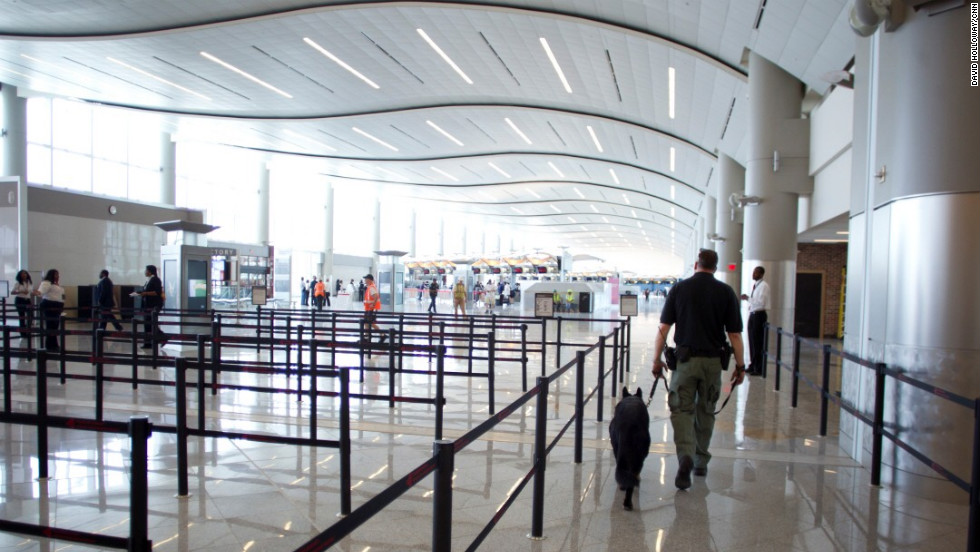Crediting 'fast growing emerging markets' as a driver for growth, passenger numbers at the UK's busiest airport have increased by 1.4% on 2013's figures.
Passenger volumes to and from the Middle East and Central Asia grew by 3.5%, East Asia rose by 5.2% and Latin American destinations increased by 6.3%.
As the UK's largest port, Heathrow saw growth of 5.3% in cargo volumes to 1.5 million metric tonnes.
By comparison, the most recent Airport Council International passenger traffic figures places Heathrow as the world's third-busiest airport.
Beijing's Capital International Airport is the second busiest, handling 83.7 million passengers, and Hartsfield-Jackson Atlanta International Airport in the United States is the busiest airport, landing 94.4 million passengers in 2013.
Gatwick airport, the UK's second largest, also saw an increase in passenger numbers of 7.6% to 38 million.
With Gatwick and Heathrow are currently involved in a battle to acquire a new runway in South East England, both airports have seized on the figures as justification for their expansion.

Atlanta's Harsfield Jackson International Airport is the busiest airport in the world
Heathrow currently has two runways, while Gatwick has only one.
In a statement John Holland-Kaye, CEO, Heathrow said: "Only by expanding Heathrow can we add direct flights to the world's growing cities, increase our exports and connect all of the UK to global growth. Expanding Heathrow will help Britain win the race for growth."

Heathrow is the world's third-busiest airport
With Gatwick's CFO Nick Dunn saying: "Gatwick's record-breaking figures show an airport serving the widest range of travel and airline models -- exactly what is needed from the decision about the UK's next runway."
Heathrow airport also said December 2014 was 'its busiest ever' month, with 5.93 million people traveling through the airport over the festive period, up 2.4% over the same period in 2013.
The average size of aircraft the airport handled during December also grew, with seats per aircraft up by 0.6% to 208.4. The average number of passengers also rose by 0.4% to 159.6 per aircraft, while load factor -- a measurement used by the airline industry that shows how many seats are utilized -- remained 'strong' at 76.6% said the airport.